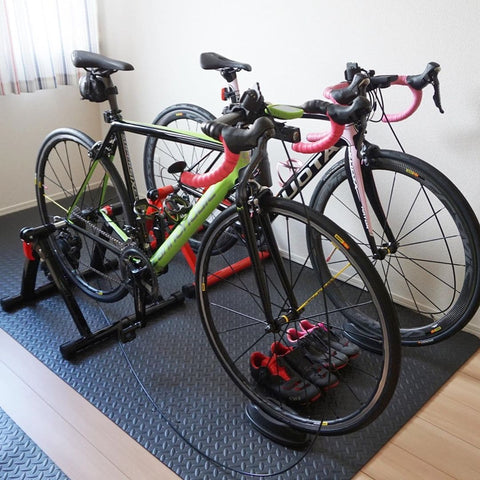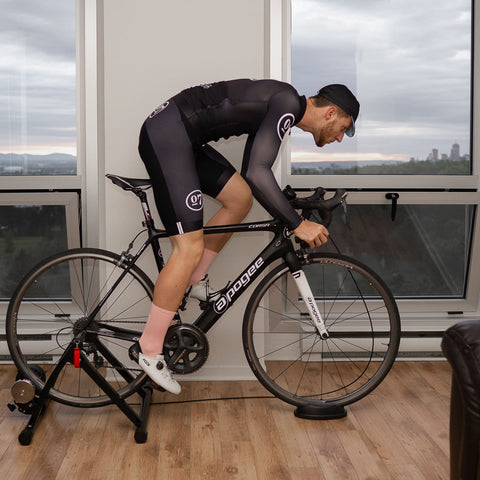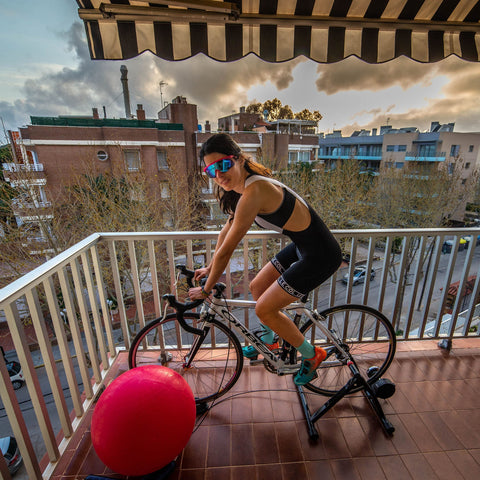Are you considering adding another piece of workout equipment to your indoor gym? Have you considered an indoor bike? The prevailing opinion in the fitness world is that indoor cycling and training tracks are function-limited. New stationary bikes are released each year, new features are continuously added, and quality continues to improve with user feedback. Indoor cycling is likely to become more popular as year over year cycling remains perhaps the most popular form of cardio.

Although indoor cycling is not similar to track or outdoor cycling, it has numerous benefits. Rain, snow, and frigid weather are no more for starters, and several clinical studies have shown that indoor cycling improves cycling posture over time.

Here are the benefits and golden rules of indoor cycling.
What Are the Benefits of Indoor Riding?
While you will not be cornering or standing, an indoor trainer is a surprisingly diverse piece of equipment. Let's review a few things an indoor cycle rig can do for you.
Posture and Pedal Stroke: Since you don't need to manage your bike around other riders, terrain, or traffic, it gives you the best setting to discover and practice your preferred pedal stroke while retaining proper posture. Including a mirror in your setup will allow you to critique and guide yourself from session to session. This translates to form over force, which will enable you to achieve each interval in the most efficient manner possible.
Great Training in a Controlled Setting: Interval training is highly effective. Significantly made easier when the terrain is not an issue. With a cycling stand, you also eliminate the cost of extensive personal trainers.

Intervals Specificity: Interval training is a combination of effort and results of your RPM. End-of-range training is what many people strive to improve. Most intervals programs focus on either strength endurance or extremely low rhythm, and some high RPM work at the end of the session. Outdoor terrain makes it challenging to create that steady tempo that interval training needs to flourish. An indoor bike training allows instant interval control at your command.
The Training is Time Efficient: You will not enjoy clear skies and perfect weather every day, all week, each month, or for the whole year. However, that doesn't mean that you should top training. With an indoor bike, you beat the challenge of quality riding efficiently while avoiding nasty weather.

The Golden Rules of Indoor Riding
Before you hop on your indoor bike, there are a few rules you need to keep in mind. They include:
Always Maintain Proper Posture: Avoid riding with tense shoulders, locked elbows, and hips rotated back on the seat. Think of the rider you want to be. Maintain good posture, ingraining the proper postural habits will help you be a pro on the race track.
Execute Your Intent: You've got a controlled setting and a clear goal; train hard, train effectively.
Keep Your Pedal Stroke Fluid: When riding indoors, get to appreciate, understand, and apply smooth, steady pedaling. Not only does this help your cycling style, but it is a great way to train your breathwork for cardio. Use your controlled setting to focus on each aspect of your stride and your technique.
Go Outside: While riding indoors, always consider how indoor moves translate to riding outdoors. Ultimately, your competitions and races are outdoors, indoor training will help keep you in shape and refine your technique, but you still need to connect the dots and apply that training to your outdoor work.

If you are looking for the perfect tool to help your performance, adding an Indoor Trainer Stand to your arsenal could be a personal game-changer. It comes with an easy bike release allowing you to unclamp your bike and head out quickly. Also, it fits any road or mountain bike, so you don't need to buy another bike for your indoor training.
The ultimate mission is to become a better outdoor rider. Use the benefits of an indoor trainer and apply the intervals, lessons, and habits outside for optimal performance.

